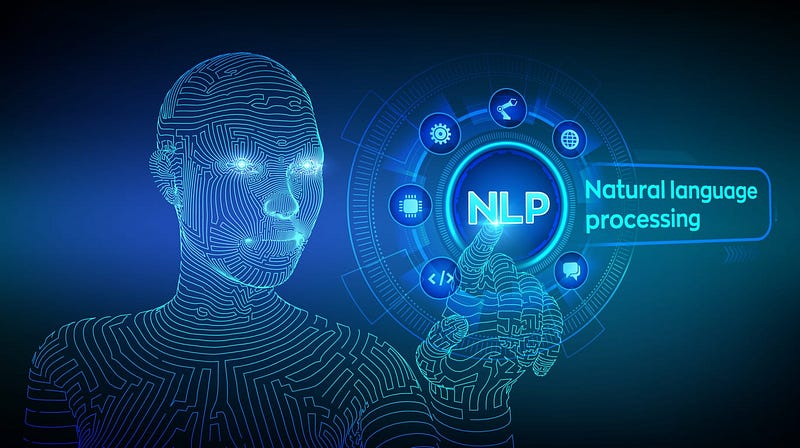
In recent years, artificial intelligence (AI) technology has grown exponentially, leading to significant advancements in various sectors of society. One of these innovations is the development of Large Language Models (LLMs) such as OpenAI’s GPT-3 and its successors. Despite their remarkable capabilities, these models also present various issues and challenges, among which is a phenomenon known as ‘hallucination.’ This article aims to delve into these challenges, the causes behind them, and the potential ways to navigate these issues to further optimize LLMs.
Understanding Large Language Models
LLMs like GPT-3 are AI models that have been trained on a vast amount of text data, enabling them to generate human-like text based on given inputs. They have the capacity to answer questions, write essays, summarize texts, translate languages, and even simulate conversations in a manner that is almost indistinguishable from human-generated text.
The strength of LLMs lies in their ability to generate diverse outputs, adapt to different tasks without needing specific task training, and provide valuable tools across various fields, from education and healthcare to entertainment and customer service.
However, alongside their impressive capabilities, LLMs also exhibit issues that can lead to inaccuracies and misunderstandings. A notable concern is a phenomenon known as hallucination.
Hallucination in Large Language Models
Hallucination in the context of LLMs refers to instances when the model generates outputs that are not grounded in reality or the given input data. In other words, the AI model ‘hallucinates’ information that wasn’t present or suggested in the input, leading to incorrect or misleading outputs.
Hallucination is a significant concern because it compromises the reliability and trustworthiness of the model’s outputs. For instance, if an LLM hallucinates while answering a factual question or providing medical advice, it could lead to serious misinformation.
Why Do Large Language Models Hallucinate?
Understanding why LLMs hallucinate is crucial for developing strategies to mitigate this issue. While the exact mechanisms are complex and still a subject of ongoing research, several factors can contribute to hallucination in LLMs.
Firstly, LLMs like GPT-3 generate text based on patterns learned from their training data. They do not possess factual knowledge or understanding of the world; instead, they rely on patterns to generate plausible-sounding text. Consequently, if an input strays too far from the patterns the model has learned, the model might ‘guess’ or ‘hallucinate’ to fill in the gaps.
Secondly, the randomness inherent in LLMs’ text generation process can lead to hallucination. LLMs are designed to produce diverse outputs, which means they sometimes introduce randomness or creativity into their responses. While this can lead to engaging and flexible outputs, it can also result in the model generating information that was not present in the input.
Navigating the Hallucination Problem
While the hallucination problem poses a significant challenge, researchers and AI developers are actively exploring ways to address this issue. One approach is improving the training process of LLMs. By refining the training data and algorithms, developers can reduce the likelihood of hallucination.
Another strategy is developing mechanisms to cross-check the model’s outputs against reliable data sources. For instance, when an LLM generates a factual statement, a cross-checking mechanism could verify the statement against a reliable database or use other AI models trained to spot inaccuracies.
Moreover, human oversight can play a vital role in mitigating hallucination. By integrating human-in-the-loop systems, where humans review and correct the model’s outputs, companies can ensure a higher level of accuracy and reliability.
Beyond Hallucination: Other LLM Challenges and Innovations
While hallucination is a significant issue, it’s not the only challenge associated with LLMs. Other concerns include ethical issues like privacy, bias, and the potential misuse of AI technology. These challenges highlight the importance of establishing robust ethical frameworks and guidelines for using LLMs.
Despite these challenges, LLMs are driving remarkable innovations across various sectors. In education, they can provide personalized tutoring and facilitate language learning. In healthcare, they can support medical professionals by providing diagnostic suggestions or summarizing medical literature. In the entertainment industry, they can generate creative content, from writing scripts to composing music.
Moreover, LLMs can drive advancements in accessibility. For individuals with visual impairments or dyslexia, LLMs can convert written information into spoken language, making content more accessible.
Conclusion
Navigating the complex landscape of LLMs is a challenging but essential task as we continue to integrate AI into our society. While issues like hallucination pose significant hurdles, the ongoing research and strategies aimed at mitigating these problems offer promising solutions. By understanding and addressing these challenges, we can harness the vast potential of LLMs, driving innovations that can transform various sectors of society, from education and healthcare to entertainment and accessibility. As we journey into this AI-driven future, it’s crucial to navigate these challenges responsibly, ensuring the ethical and reliable use of AI technology.
Find more … …
Unraveling the Power of Chain of Thought Prompting: A Comprehensive Guide to Prompting Concepts
Comprehensive Guide to Understanding Software and Firmware: Differences, Applications, and Updates